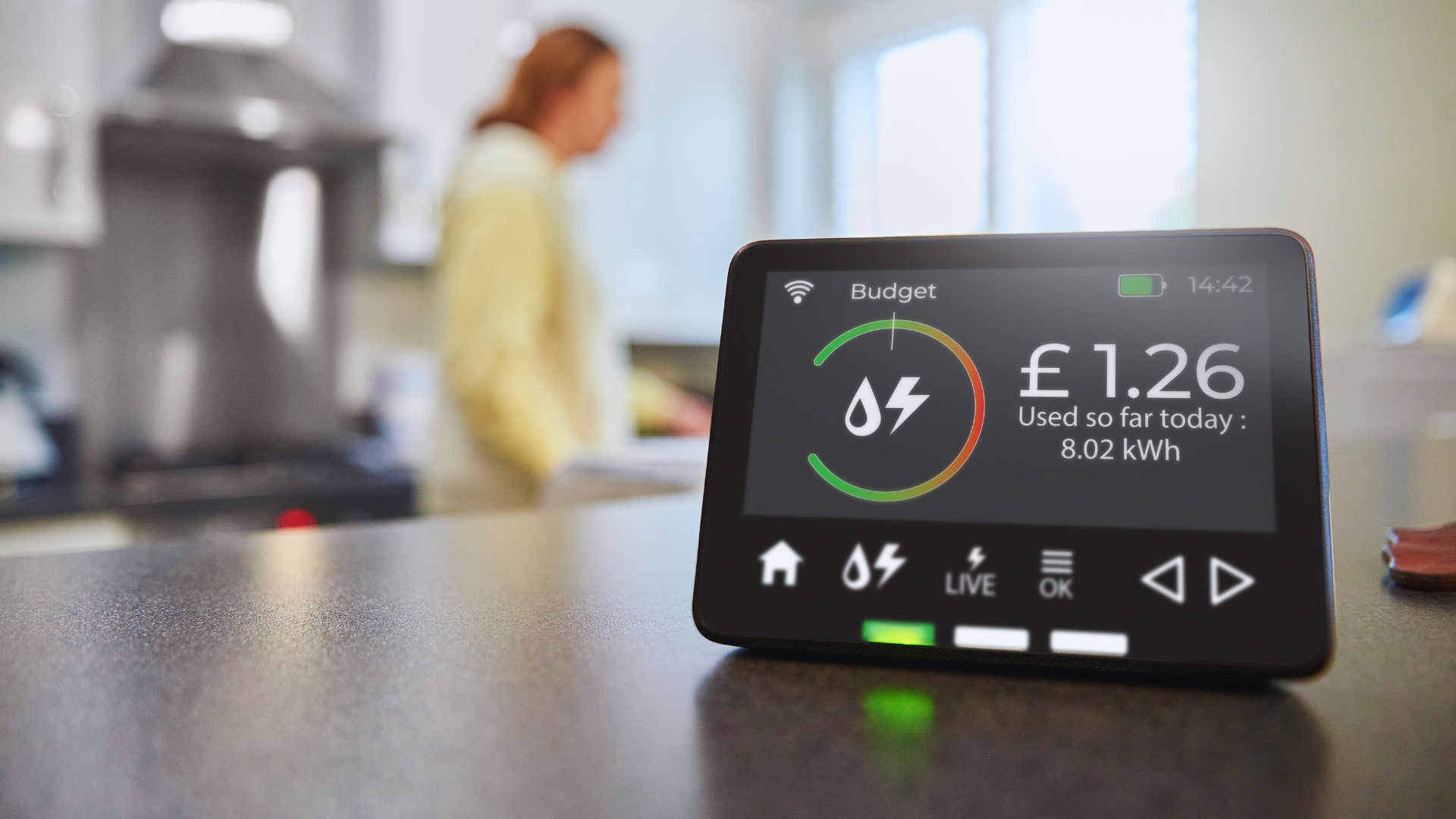Joe Baca Middle School Awarded $88K for Energy Upgrade, Saving Power Equal to 25 Homes a Year – ie community news

Energy Efficiency Initiative at Joe Baca Middle School Advances Sustainable Development Goals
Project Summary and Scope
An energy efficiency project has been completed at Joe Baca Middle School, a campus within the Colton Joint Unified School District (CJUSD) serving approximately 800 students. The initiative, centered on a comprehensive interior lighting retrofit, was designed to significantly reduce energy consumption and operational costs, thereby contributing to multiple United Nations Sustainable Development Goals (SDGs).
The project was facilitated through a partnership with the Inland Regional Energy Network (I-REN) under its “Cash-for-Kilowatts” program. Key project details include:
- Technology Implemented: Installation of high-efficiency Light Emitting Diode (LED) fixtures and optimization of wattage levels throughout the campus.
- Financial Incentive: The project qualified for an $88,348 incentive from I-REN, which will be disbursed to the CJUSD over a 12-month monitoring period contingent upon verified energy savings.
- Stakeholders: The primary partners were the Colton Joint Unified School District and the Inland Regional Energy Network, a collaborative entity representing the Coachella Valley Association of Governments, San Bernardino Council of Governments, and Western Riverside Council of Governments.
Projected Outcomes and Sustainability Impacts
The lighting retrofit is projected to yield substantial environmental and economic benefits, directly aligning with global sustainability targets.
- Energy Reduction: Annual energy use is expected to decrease by more than 173,000 kilowatt-hours (kWh). This reduction is equivalent to the electricity required to power 25 homes for one year.
- Financial Savings: The district anticipates annual cost savings exceeding $40,000.
- Resource Reallocation: As noted by Art Bishop, I-REN Executive Committee Chair, financial savings on energy can be redirected toward core educational purposes, including classroom resources and student programs.
Alignment with Sustainable Development Goals (SDGs)
This initiative serves as a practical application of several key SDGs, demonstrating a commitment to creating a sustainable and equitable future.
- SDG 7: Affordable and Clean Energy: The project directly promotes energy efficiency, a cornerstone of SDG 7, by reducing electricity consumption through modern, clean technology (LEDs).
- SDG 11: Sustainable Cities and Communities: By upgrading public infrastructure to be more energy-efficient, the project contributes to the creation of a more sustainable and resilient local community.
- SDG 13: Climate Action: The significant reduction in energy consumption directly translates to a lower carbon footprint, contributing to climate change mitigation efforts.
- SDG 4: Quality Education: The projected annual savings of over $40,000 can be reinvested into the educational system, enhancing the quality of education and opportunities for nearly 800 students.
- SDG 17: Partnerships for the Goals: The project exemplifies a successful multi-stakeholder partnership between a public school district (CJUSD) and a regional energy network (I-REN) composed of multiple government councils, all working toward a common sustainability objective.
SDGs, Targets, and Indicators Analysis
1. Which SDGs are addressed or connected to the issues highlighted in the article?
-
SDG 7: Affordable and Clean Energy
The article’s central theme is an energy efficiency project. It details the installation of high-efficiency LED lighting at a school to “cut its annual energy use by more than 173,000 kilowatt-hours,” directly addressing the goal of promoting clean and efficient energy.
-
SDG 11: Sustainable Cities and Communities
The project is a community-level initiative involving a school district and a regional network of governments (I-REN) aiming to “build a more sustainable future” for “local communities.” By upgrading public infrastructure (a school) to be more resource-efficient, it contributes to making the community more sustainable.
-
SDG 4: Quality Education
The project takes place at Joe Baca Middle School. The financial savings from the energy retrofit are explicitly linked to improving educational outcomes. The article states, “Every dollar saved on energy is a dollar we can redirect to classrooms, programs, and opportunities for our students.”
-
SDG 13: Climate Action
Reducing energy consumption through efficiency measures is a fundamental strategy for climate change mitigation. The reduction of 173,000 kilowatt-hours in energy use directly contributes to lowering the carbon footprint associated with energy generation, thus supporting climate action.
-
SDG 17: Partnerships for the Goals
The project is a clear example of a multi-stakeholder partnership. The article describes the Inland Regional Energy Network (I-REN) as a “collaborative partnership” between several government councils, which then partners with the Colton Joint Unified School District to implement the project.
2. What specific targets under those SDGs can be identified based on the article’s content?
-
Target 7.3: By 2030, double the global rate of improvement in energy efficiency.
The project’s primary goal is to improve energy efficiency through a “lighting retrofit” with “high-efficiency LED fixtures,” which directly aligns with this target.
-
Target 11.6: By 2030, reduce the adverse per capita environmental impact of cities.
The project reduces the school’s energy consumption, thereby lowering the environmental impact of a key piece of community infrastructure.
-
Target 4.a: Build and upgrade education facilities that are… effective learning environments for all.
The project involves upgrading a school facility. Furthermore, the cost savings of “more than $40,000 annually” are intended to be reinvested into “classrooms, programs, and opportunities,” enhancing the resources for an effective learning environment.
-
Target 13.2: Integrate climate change measures into… strategies and planning.
The I-REN represents a regional strategy to promote energy efficiency, a key climate change mitigation measure, and its partnership with the school district demonstrates the integration of this strategy at a local level.
-
Target 17.17: Encourage and promote effective public… partnerships.
The collaboration between the school district (a public agency) and the I-REN (a partnership of government councils) to achieve energy savings exemplifies the type of effective public partnership this target aims to promote.
3. Are there any indicators mentioned or implied in the article that can be used to measure progress towards the identified targets?
- Energy Savings (kWh): The article explicitly states the project is “expected to cut its annual energy use by more than 173,000 kilowatt-hours.” This is a direct quantitative indicator of improved energy efficiency (Target 7.3) and reduced environmental impact (Target 11.6).
- Financial Savings for Education: The article mentions the project is “projected to save the district more than $40,000 annually.” This monetary value serves as an indicator for Target 4.a, as these funds can be redirected to improve educational resources.
- Financial Incentive as a Partnership Mechanism: The “$88,348 incentive check” provided through the “Cash-for-Kilowatts program” is a specific indicator of the resourcing strategy used by the partnership (Target 17.17) to achieve its goals.
- Relative Energy Reduction: The article provides a relatable metric that the energy savings are “equivalent to the power needed for 25 homes in a year.” This serves as a simplified, comparative indicator of the project’s impact on energy consumption and climate action (Target 13.2).
Summary Table
4. Table of SDGs, Targets, and Indicators
| SDGs | Targets | Indicators |
|---|---|---|
| SDG 7: Affordable and Clean Energy | 7.3: Double the global rate of improvement in energy efficiency. | Reduction in annual energy use by “more than 173,000 kilowatt-hours.” |
| SDG 11: Sustainable Cities and Communities | 11.6: Reduce the adverse per capita environmental impact of cities. | Reduction in energy usage equivalent to “the power needed for 25 homes in a year.” |
| SDG 4: Quality Education | 4.a: Build and upgrade education facilities… and provide effective learning environments. | Projected annual savings of “more than $40,000” to be redirected to “classrooms, programs, and opportunities.” |
| SDG 13: Climate Action | 13.2: Integrate climate change measures into… strategies and planning. | Implementation of an energy efficiency project that reduces energy consumption by 173,000 kWh annually. |
| SDG 17: Partnerships for the Goals | 17.17: Encourage and promote effective public… partnerships. | The partnership between I-REN and the school district, facilitated by an “$88,348 incentive check” through the “Cash-for-Kilowatts program.” |
Source: iecn.com

What is Your Reaction?
 Like
0
Like
0
 Dislike
0
Dislike
0
 Love
0
Love
0
 Funny
0
Funny
0
 Angry
0
Angry
0
 Sad
0
Sad
0
 Wow
0
Wow
0






































































![Lancaster homeowner’s energy-efficient renovation sparks clash over historic preservation [Lancaster Watchdog] – LancasterOnline](https://bloximages.newyork1.vip.townnews.com/lancasteronline.com/content/tncms/assets/v3/editorial/9/ed/9ed03d32-c902-44d2-a461-78ad888eec38/69050b156baeb.image.png?resize=150,75#)






